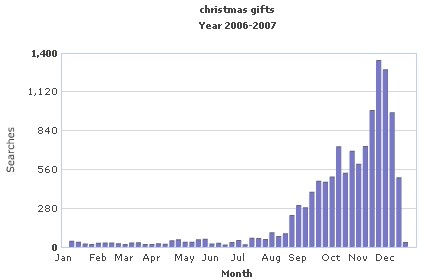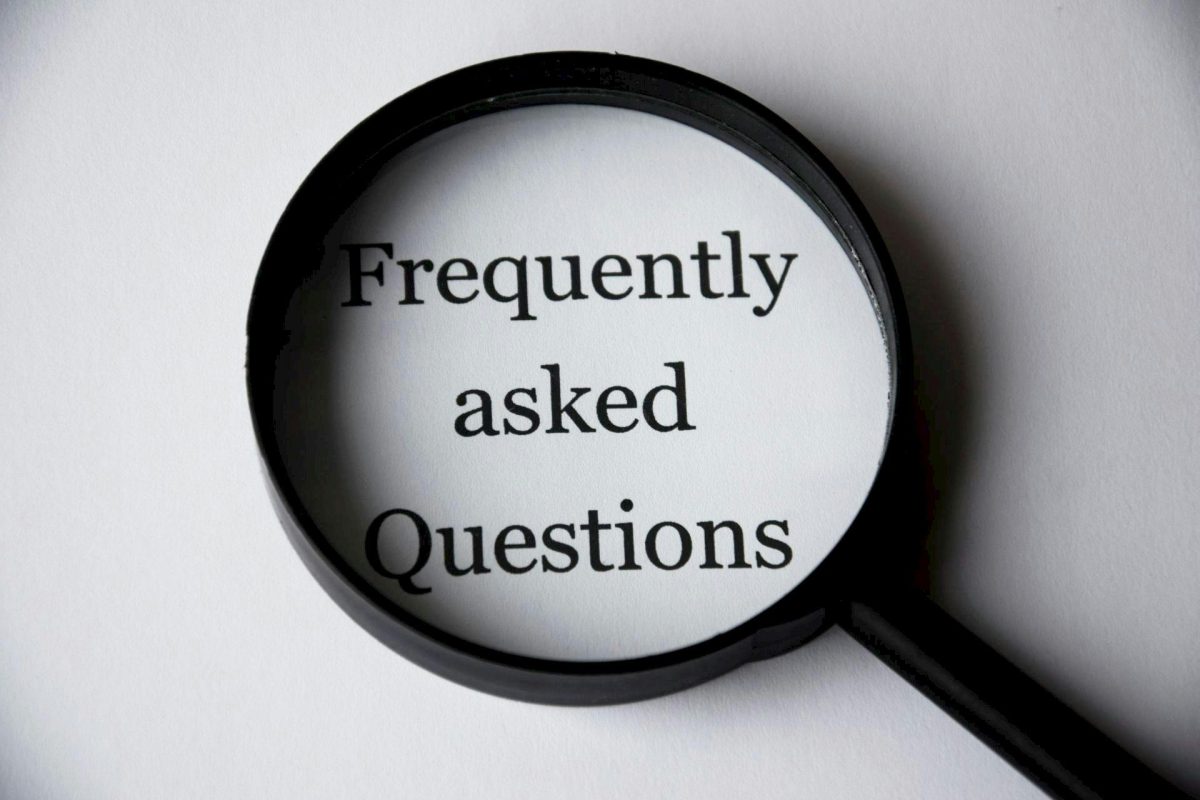Search engine optimization (SEO) is all about getting noticed online, and it’s always changing. Keeping up with the latest SEO tricks and tools can be tough because things move fast. Google’s search rules are the main reason for these changes, and they’re always updating to make searches better.
If you’re into SEO, you’ll notice new ways to build links and promote online every day. But, whether it’s a new type of schema data markup or getting more links, some basic SEO tips never change. These tips have always worked and are very helpful for getting your website seen, no matter what Google does.
So, even with all the changes, sticking to the basics of on-page SEO is still the best way to go.
6 Tips to Improve Your On-Page SEO for Better Search Engine Rankings
1. Find the Right Keywords and Search Phrases
Choosing the right keywords related to your niche is crucial for successful on-page SEO. As a business owner, understanding what your target audience searches for online is key. By knowing their common search terms and industry jargon, you can shape your SEO strategy to attract more visitors to your site.
Tools like Google’s Keyword Planner, SEMrush, Ahrefs, and Moz are valuable for conducting keyword research. They provide insights into search volumes and keyword competitiveness, helping you find the most relevant keywords to target. Aim for keywords with over 500 monthly searches to ensure they’re worth focusing on. Once you’ve identified these keywords, tailor your content to them to enhance your site’s visibility and attract more traffic.

Doing some keyword research is a major factor in achieving better search engine ranking.
2. Evaluate the Effectiveness of Your Meta Titles
Meta Titles that are enticing enough for searchers to click is just half of the battle. Meta Titles are pieces of metadata intended for search engine bots to read and compile when generating search results and display links. Coming up with good Meta Titles is a two-pronged approach. First, you must make sure to include your target keywords, as well as your brand name, in the Meta Title. This will help search engines rank your pages higher.
The second part is making the Meta Title enticing or appealing enough so that searchers will click on the link and browse through your page. Reviewing your pages and making sure they meet these two basic criteria may help improve your search engine rankings and boost click-through rates (CTR).
3. Use the Appropriate Meta Descriptions
Just like your Meta Titles, Meta Descriptions are also pieces of metadata for search engines to use and display on the search engine results page (SERP). These descriptions usually show up just below the Meta Title, giving searchers more info about what’s on the webpage. That’s why it’s important to optimize your Meta Descriptions too. They have to contain your targeted keywords, as well as be appealing enough for searchers to want to click through and visit your website. Search engines often have a set of standards when it comes to Meta Titles and Meta Descriptions, such as the number of characters and so on. So, you need to make sure that you adhere to these standards when coming up with your content’s Meta Title and Description.
4. Utilize Page Headers Properly
Like Meta Titles and Meta Descriptions, Page Headers are not just for the benefit of search engines. When constructed properly, they provide scannability for users as well. Page Headers are the H1-H6 tags visible on the body of your webpage’s content. For efficiency, break up your content using H1-H3 tags and make sure they contain your target keywords.
The rule of thumb on Page Headers is that keywords should be incorporated naturally, meaning they should still read well and make sense to readers even with the targeted keywords. For local SEO, Page Headers must also include the city name to further optimize the page for local searches. Practicing these key elements may help improve your search engine rankings.
5. Utilize Keywords to Improve Content Relevance
As mentioned earlier, on-page SEO relies heavily on keywords and search terms. These are the words and phrases that define your website’s focus and relevance to your industry. However, it’s crucial to use keywords strategically and ethically, avoiding practices like keyword stuffing, which can harm your site’s rankings.
Integrating targeted keywords naturally throughout your website content is key. This means incorporating them where they fit logically and are helpful to users. While it’s important to use keywords consistently, it’s equally important not to overdo it. Keyword density, or the ratio of keywords to total words on a page, should be balanced to avoid being flagged as spam.
Fortunately, there are free online tools available to analyze keyword density. These tools can help you gauge the percentage of keywords in your content and make adjustments as needed to optimize your pages for search engines.
6. Internal Linking of Related Pages
Links are crucial for on-page SEO, which means making your website better for search engines. They help search engines like Google find your pages and decide which ones are most important. When you link pages that are related to each other on your website, it makes your site easier to use and understand. This makes it more likely that people will find your site when they search online.
A good website should have clear menus that link to important pages like Home, Products/Services, Blog, and Contact/About Us. It’s also important to put links in your content that lead to other helpful pages on your site or other useful websites.
By using this checklist, you can see how well your website is doing in search engines and find ways to make it even better for on-page SEO. These six things are also really helpful for making sure people can find your website when they search for local businesses in your area. And even if things change in the future, like new ways to do on-page SEO or new tools to help, these basics will still be important.
Here are some additional tips for improving your website’s on-page SEO and getting it noticed by search engines.
Answering Questions for Better On-Page SEO and User Experience
An FAQ (Frequently Asked Questions) page is like having a helpful guide on your website. But did you know that making it even better can also make your website more visible in search engines?
First, let’s talk about making your FAQ page easy to use. When you organize questions into categories and give clear answers, it’s like giving visitors a map—they can find what they need fast. This keeps them happy and coming back for more.
Now, here’s the cool part: when search engines see your FAQ page is helpful, they’re more likely to show it in search results. That’s because they want to give people the best answers to their questions. By using words that people are searching for in your answers, called keywords, you can show up higher in search results.
The more you update your FAQ page with new questions and answers, the more search engines will see your website as active and trustworthy. This can help your website show up even higher in search results over time.
So, by making your FAQ page awesome, you’re not just helping visitors—you’re also making your website shine in search engines. It’s a win-win!
Optimizing for Featured Snippets: Making Your Content Stand Out for Better On-Page SEO
You know those little boxes of information you see at the top of search results? That’s a featured snippet, and it’s like a golden ticket for your website. Optimizing your content to appear in these snippets can boost your website’s visibility and bring in more visitors.
So, what exactly are featured snippets? They’re short snippets of text, lists, or tables that Google pulls from web pages to answer search queries directly. When your content appears in a featured snippet, it’s shown right at the top of search results, above even the first organic result.
Now, here’s why optimizing for featured snippets is so important for On-Page SEO. When your content gets featured, it’s like a big thumbs-up from Google—it shows that your website has the best answer to a question. This can lead to more clicks and more visitors to your site.
To optimize for featured snippets, you need to create content that answers common questions concisely and clearly. Use headings, lists, and tables to make your content easy for Google to understand. And don’t forget to use keywords that people are searching for in your content—this helps Google know that your content is relevant to the query.
By optimizing your content for featured snippets, you’re not just helping people find answers to their questions—you’re also making your website more visible in search results. So go ahead, make your content stand out and watch your website climb to the top!





